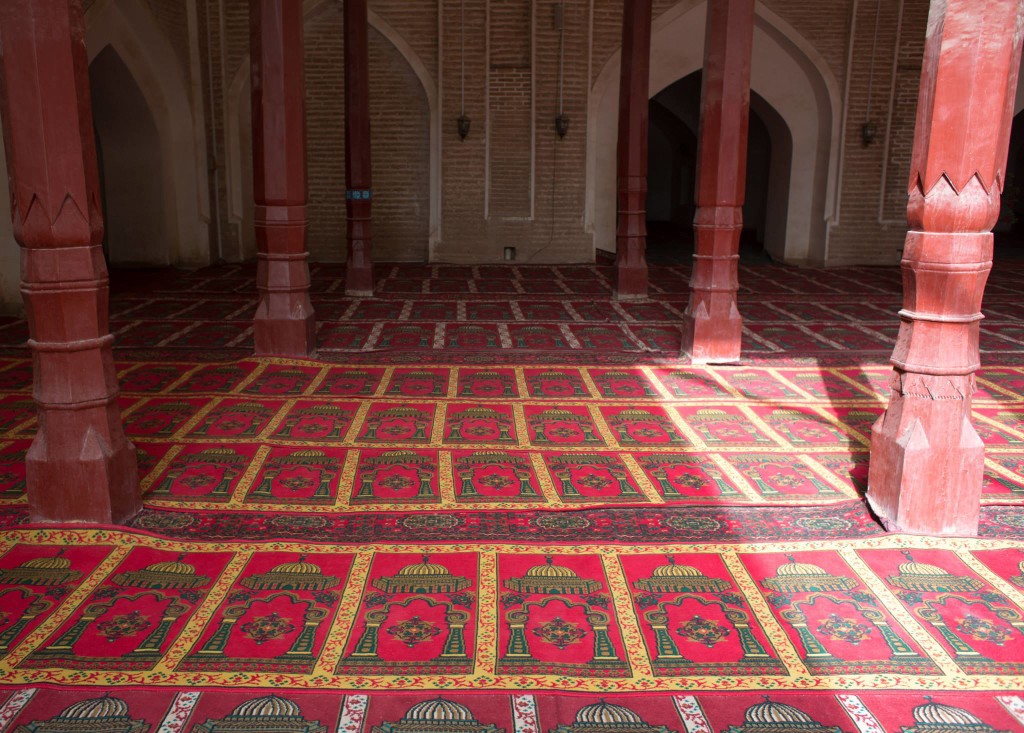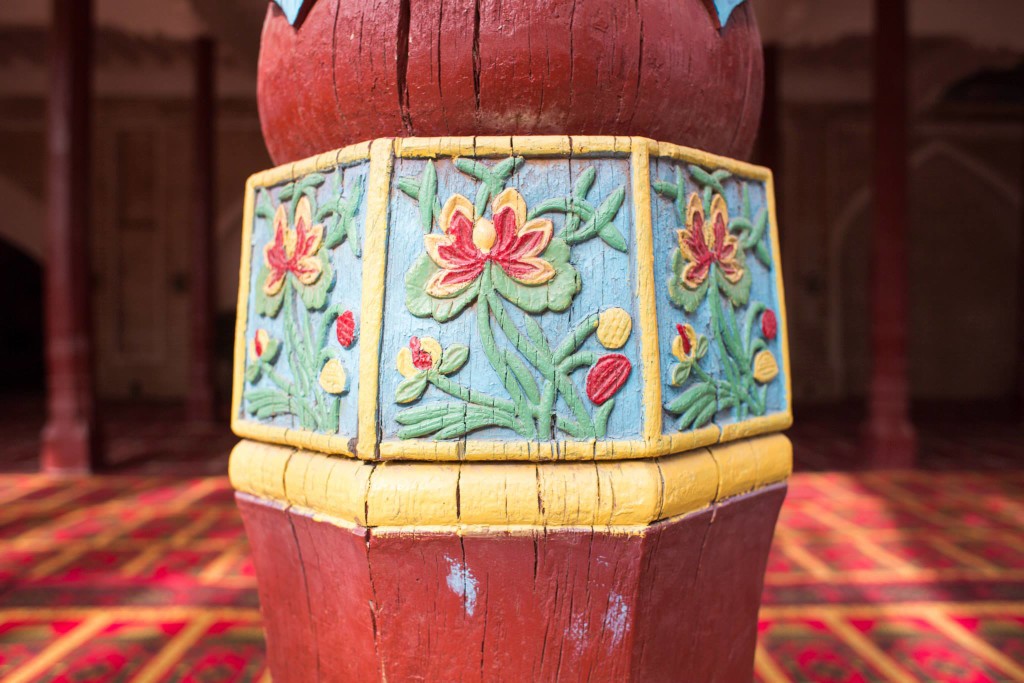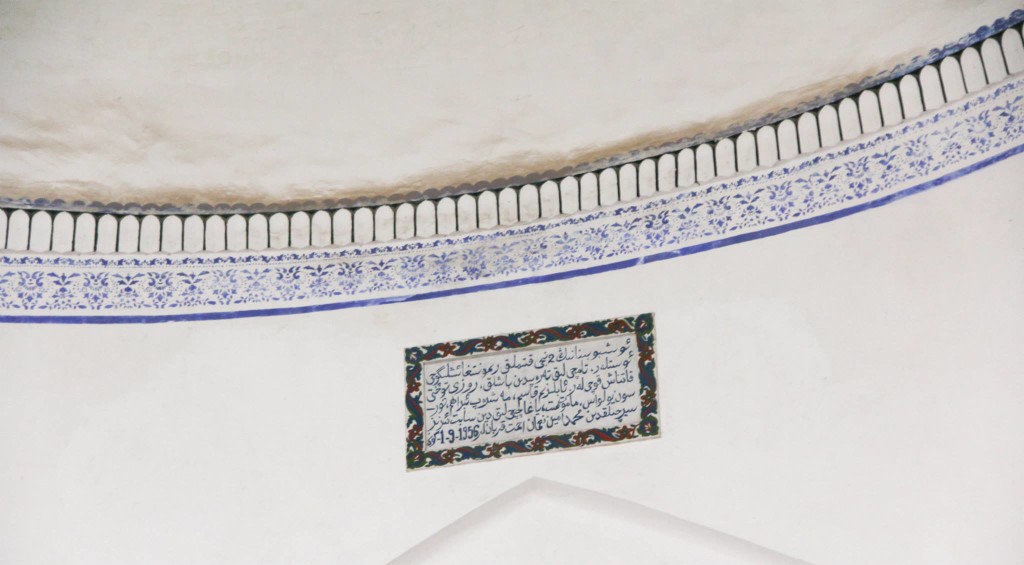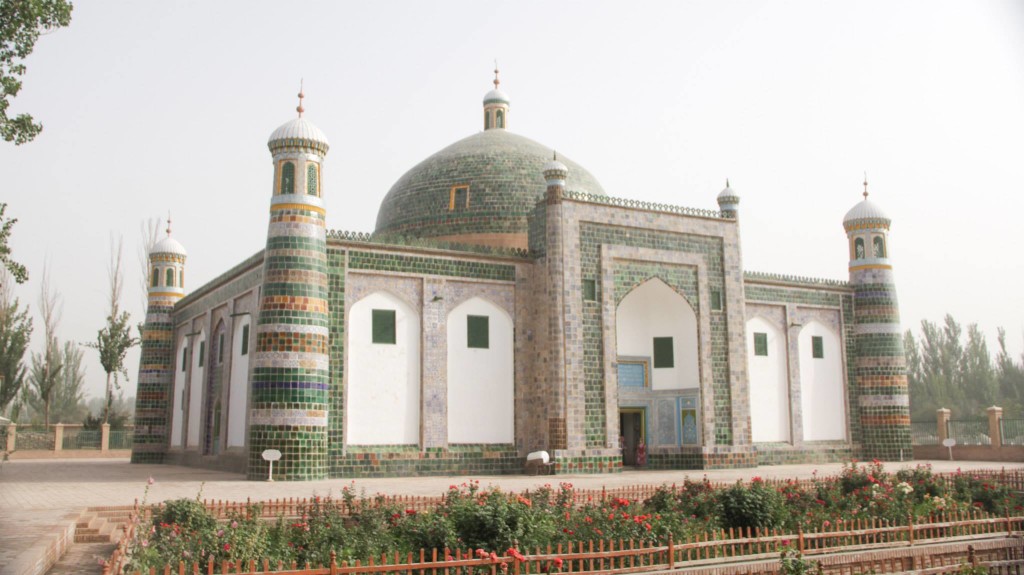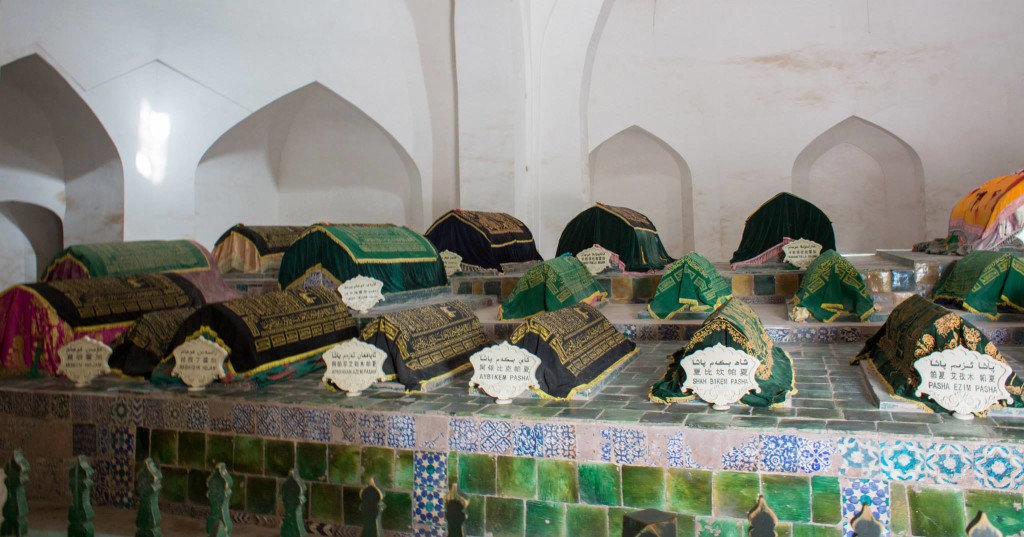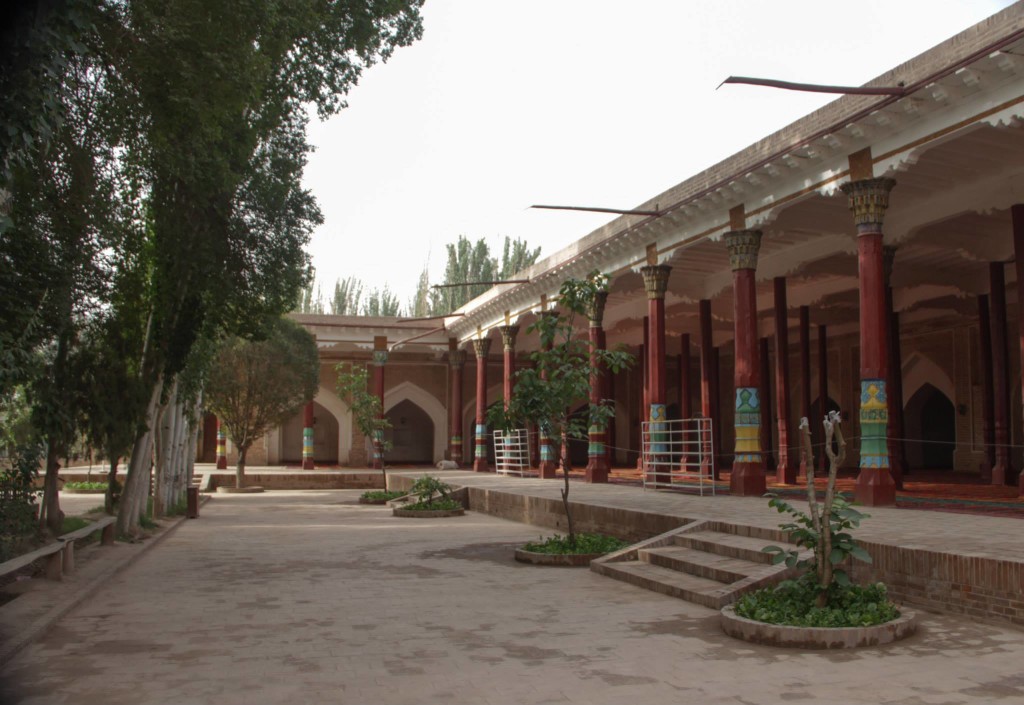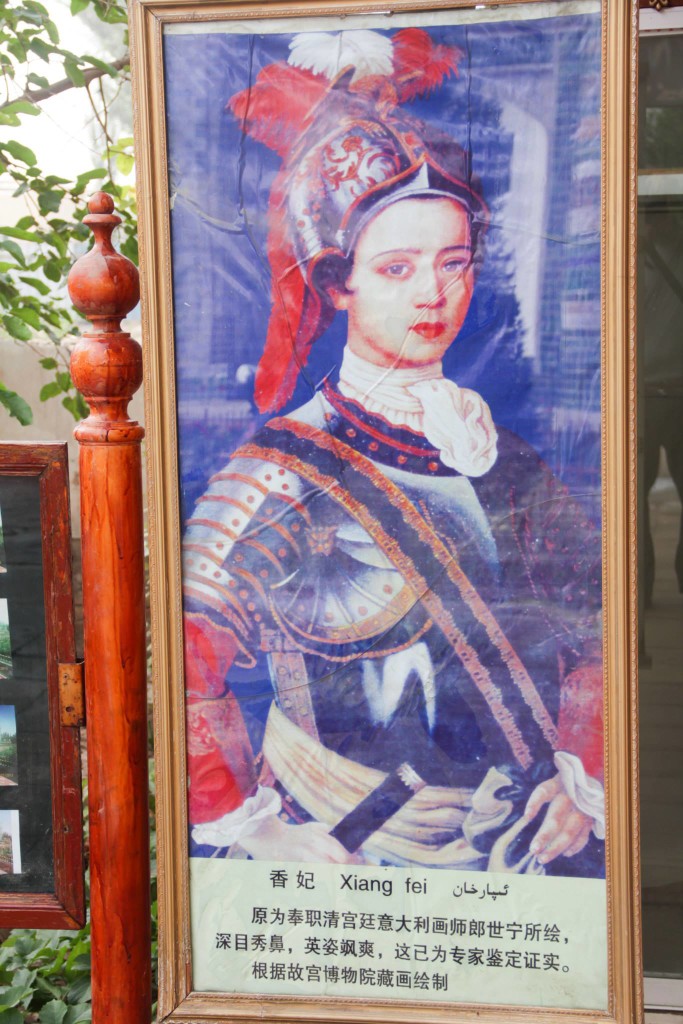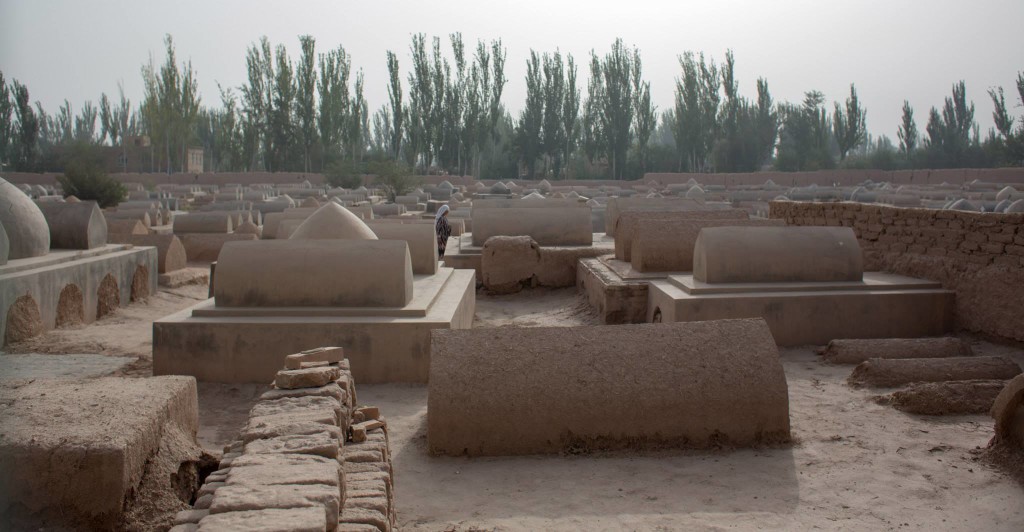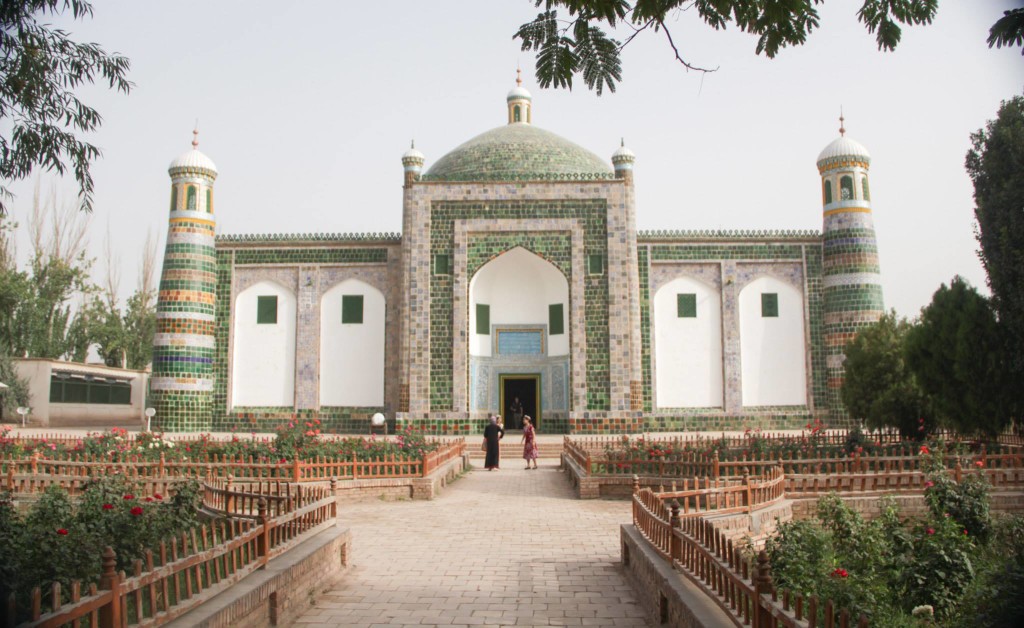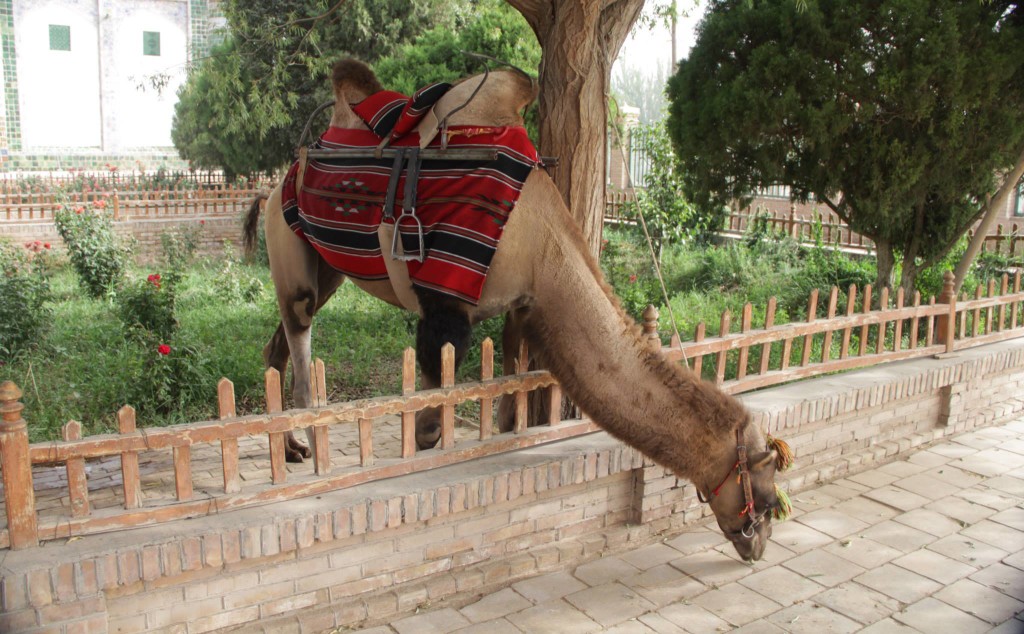In Chinese, it is called the Fragrant Concubine’s Tomb. In Uighur, it is called the Afaq Khoja Mausoleum. The difference says a lot about the problems in Xinjiang. 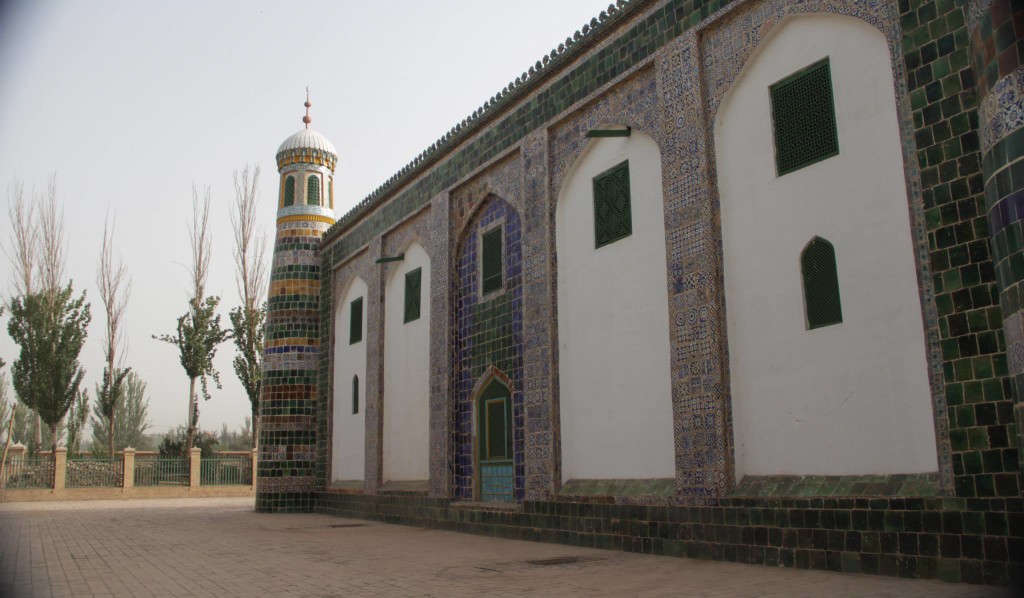
Afaq Khoja was a political and religious leader based in Kashgar in the 1600’s. His teachings started a brand of Islam, and his family remained influential in regional politics for the next three centuries. Those dedicated readers may recall my discussion of the conflict between the Uighurs and the Dzungarian Mongolians, which ended in the genocide of around half a million Dzungarians. Afaq Khoja’s family was involved in that conflict, with some of his descendants living in Yili among the Dzungarians as diplomatic hostages.
The mausoleum holds the tombs of the Afaq Khoja and many of these descendants and is the holiest Islamic site in Xinjiang. It has its own functioning mosque and religious school attached to the mausoleum, and a large graveyard in the back that appears to be used by the community.
The Han Chinese come here for a different reason. The story of one of Afaq Khoja’s descendants is told throughout China, the story of the Fragrant Concubine, a Uighur princess who was the best smelling woman in the world. According to the Chinese version, she was sent by her father to the emperor as a gift, washing in camel milk every morning. When she arrived in Beijing, she was homesick, so the emperor had a small Kashgari village built outside her window, even bringing in Kashgari vegetation to soothe her plight. Eventually, she fell in love with the emperor, and they all lived happily ever after. When she died, the Emperor mourned profusely, sending a large retinue back to Kashgar with her body. At least, that is the Party line.
The Uighur version of the story differs substantially. Some Uighur versions say that Iprahan, the Fragrant Concubine’s name, was captured, not sent as a gift. Uighur versions also suggest that she never accepted the Emperor’s advances, ambling the Forbidden City with a knife hidden in her sleeve in case the Emperor tried to fall on her. Her end, according to Uighur versions of the story, was bloody; not wanting to give into the Emperor, she either killed herself or was killed by the Emperor’s mother. 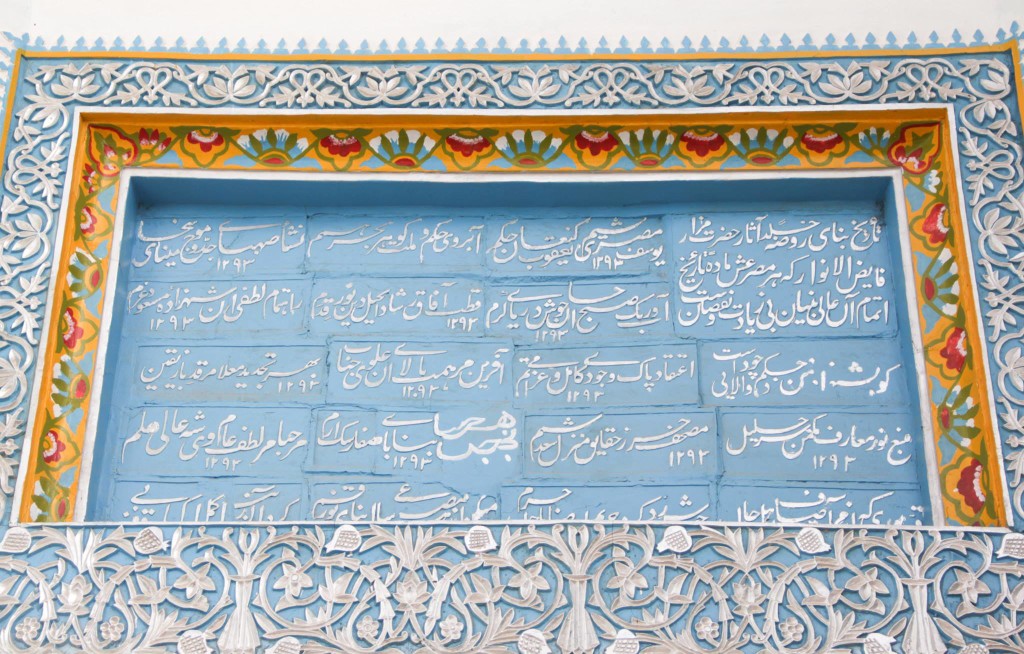 Both versions of this story are being used for political purposes. For the Chinese Communists, they want to demonstrate that Xinjiang has long been a part of China and that various ethnic groups have gotten along to form one unified nation (the Fragrant Concubine was Uighur, the Qianlong Emperor was Manchurian).
Both versions of this story are being used for political purposes. For the Chinese Communists, they want to demonstrate that Xinjiang has long been a part of China and that various ethnic groups have gotten along to form one unified nation (the Fragrant Concubine was Uighur, the Qianlong Emperor was Manchurian).
The Uighurs too have constructed a tale for their own purposes. They see Iprahan as a symbol of resistance, someone unwilling to give in to China’s demands and desires and who, in the end, gave her life for Uighur honor. 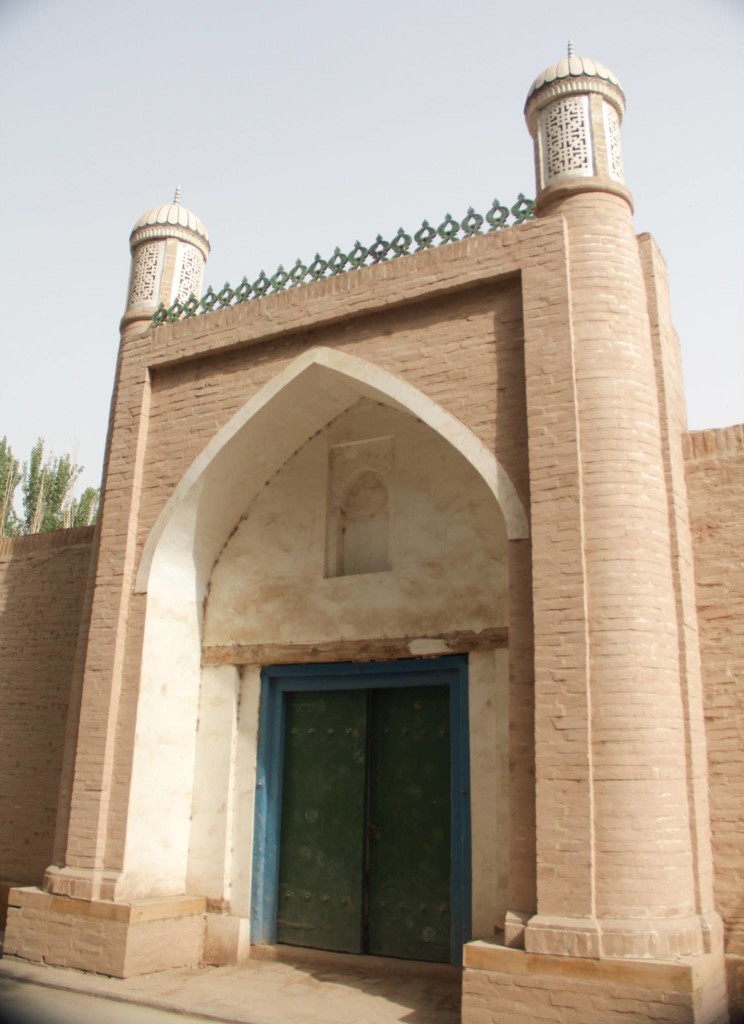 The truth or falseness of the story is largely irrelevant. As Uighurs point out, Iprahan’s grave is nowhere near the Afaq Khoja Mausoleum; it is not even in Xinjiang. Archaeologists have long known that it is two thousand miles away, buried in the outskirts of distant Beijing, though that fact has not stopped Chinese tourists from coming.
The truth or falseness of the story is largely irrelevant. As Uighurs point out, Iprahan’s grave is nowhere near the Afaq Khoja Mausoleum; it is not even in Xinjiang. Archaeologists have long known that it is two thousand miles away, buried in the outskirts of distant Beijing, though that fact has not stopped Chinese tourists from coming.
Uighurs resent that their holiest of sites has been turned into a fairytale prop for Chinese nationalism, and they also resent the sexualization of their heritage by the Han. The Uighur tour guides who worked at the tomb are all young girls dressed in brightly colored outfits. These outfits are supposed to be traditional Uighur outfits, but…they look a little too sexy to be the normal garb in Islamic Central Asia in the centuries gone by.
Which brings me back to the beginning. For the Uighurs, the Afak Khoja Mausaleum is the final resting place of a holy man and his family. For the Han Chinese tourists, the Fragrant Concubine’s Tomb is a vaguely sexualized story of how all the world once did their bidding. 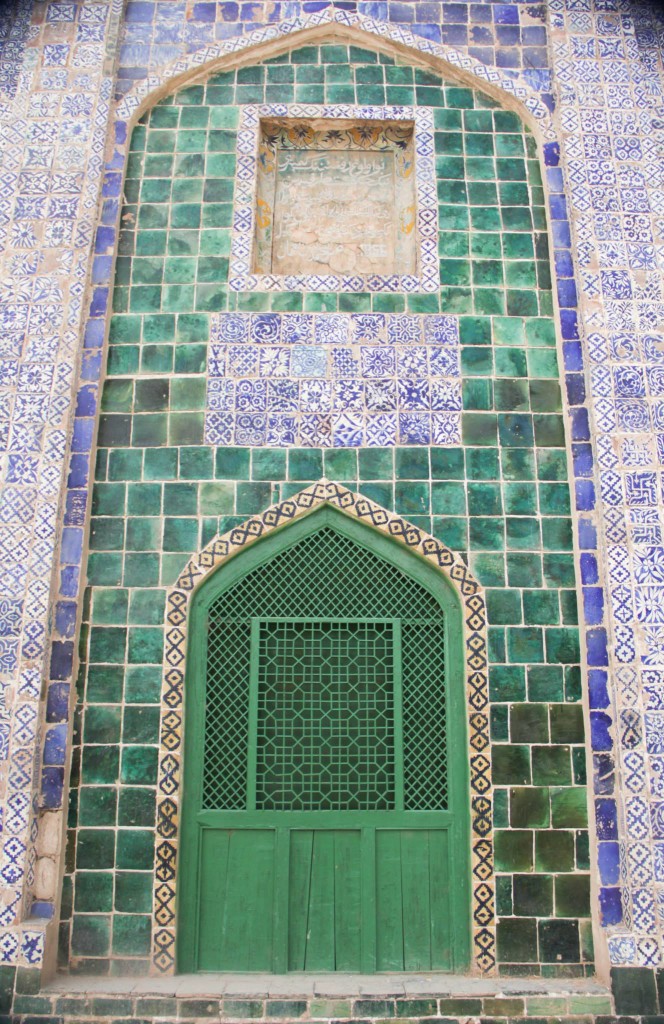
Small, everyday resentments like this are fast snowballing into violence. 